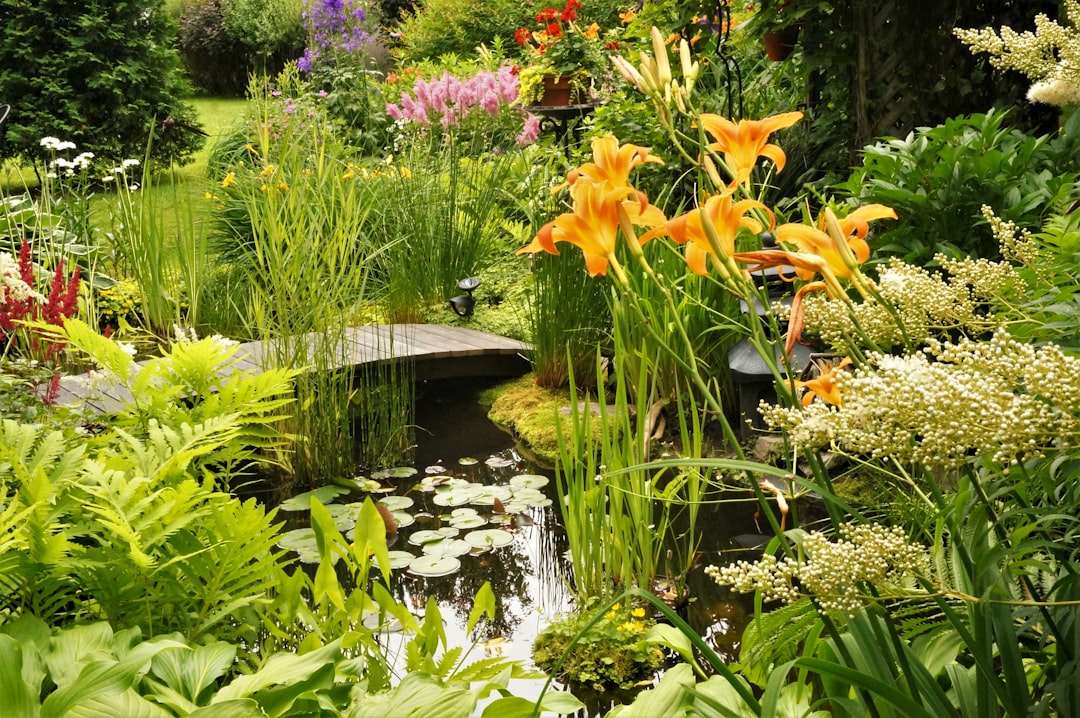
Many gardeners around the world are intrigued by the age - old practice of gardening by the moon. The idea that the lunar cycle can influence plant growth has been passed down through generations, and it continues to captivate modern - day horticulturists. But what does science and expert opinion have to say about following lunar calendars for gardening tasks?
To understand lunar gardening, we first need to look at the basic principles behind it. The moon goes through different phases, and each phase is believed to have a unique effect on plants. For example, during the waxing moon (from new moon to full moon), the gravitational pull of the moon is thought to increase the movement of water in the soil and plants. This is considered an ideal time for planting above - ground crops, as the rising sap in the plants can help with germination and growth. Seeds are more likely to sprout, and young plants may establish themselves more quickly.
On the other hand, the waning moon (from full moon to new moon) is associated with a decrease in the upward movement of water. This is seen as a good time for planting root crops, as the energy of the plant is focused on the roots. Pruning during the waning moon is also thought to be beneficial, as the plant is less likely to experience excessive sap loss, which could lead to disease or stress.
Experts in the field of organic gardening have varying opinions on lunar gardening. Some horticulturists believe that there is a scientific basis for the effects of the moon on plants. The gravitational pull of the moon does have an impact on the Earth's tides, and it is reasonable to assume that it could also affect the water movement in the soil and plants. However, the exact extent of this influence is still a subject of debate.
Research on lunar gardening has been somewhat limited, but there are some studies that suggest a correlation between lunar phases and plant growth. For instance, a small - scale study conducted on a community garden found that certain vegetables planted during the waxing moon had a higher germination rate compared to those planted during the waning moon. While this is just one study, it adds to the growing body of evidence that there may be something to lunar gardening.
One of the advantages of lunar gardening is that it can provide a natural and holistic approach to gardening. Instead of relying solely on chemical fertilizers and pesticides, gardeners can use the natural rhythms of the moon to guide their planting and maintenance activities. This can lead to a more sustainable and environmentally friendly garden.
However, it's important to note that lunar gardening should not be seen as a replacement for traditional gardening practices. Good soil preparation, proper watering, and adequate sunlight are still essential for healthy plant growth. Lunar gardening can be used as a complementary technique to enhance the overall success of a garden.
To start gardening by the moon, gardeners can obtain a lunar gardening calendar. These calendars typically indicate the best times for planting, pruning, and harvesting based on the lunar phases. There are also many online resources and apps available that can provide this information. Once a gardener has a calendar, they can plan their gardening tasks accordingly.
In conclusion, while the science behind lunar gardening is not fully understood, there is enough anecdotal evidence and some research to suggest that it may have a positive impact on plant growth. Whether you're a seasoned gardener or just starting out, incorporating lunar gardening into your routine can add an element of mystery and fun to your gardening experience. By working with the natural rhythms of the moon, you may be able to grow healthier, more productive plants in your organic garden.
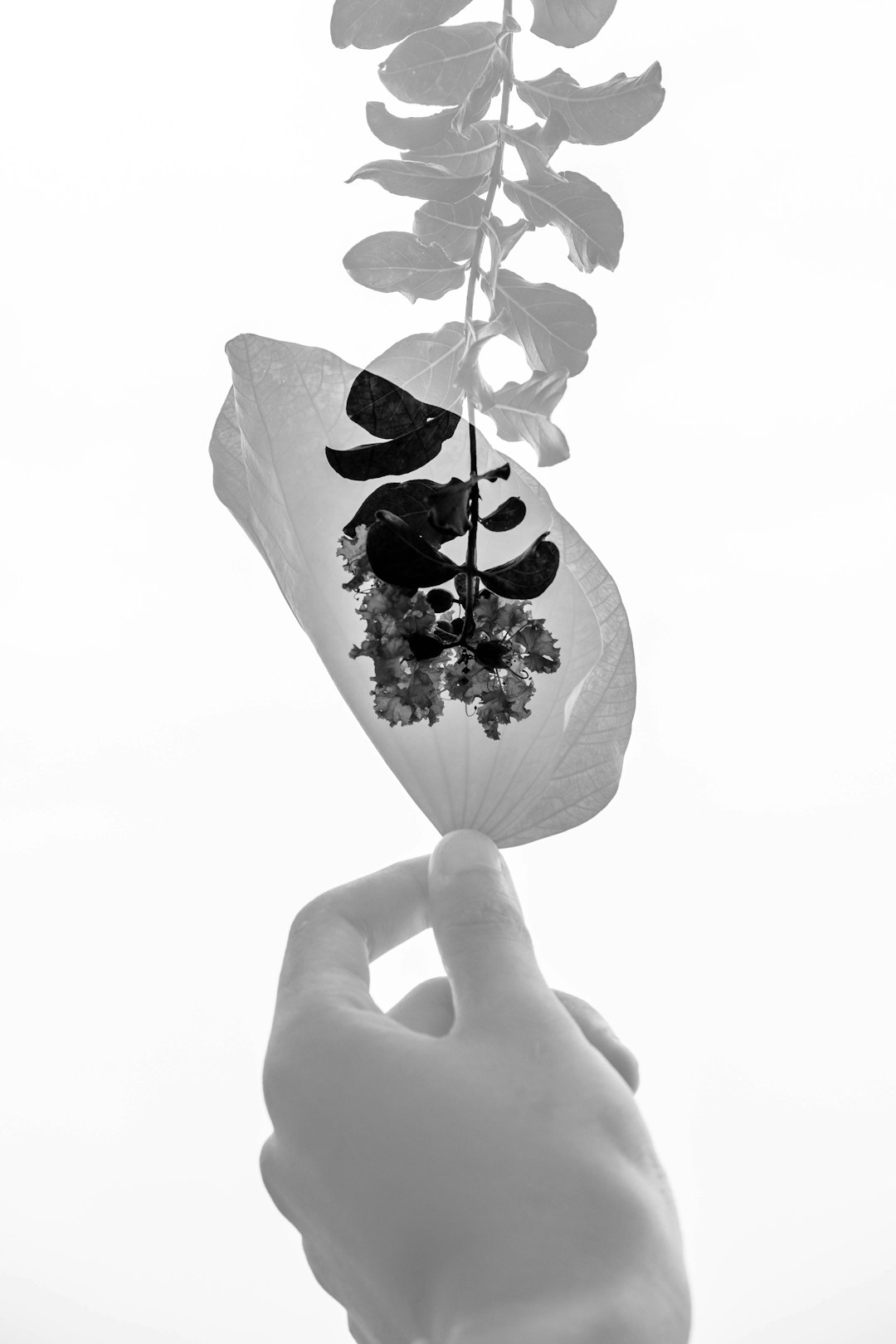
The Secret to Squirrel - Free Potted Plants
The Secret to Squirrel - Free Potted Plants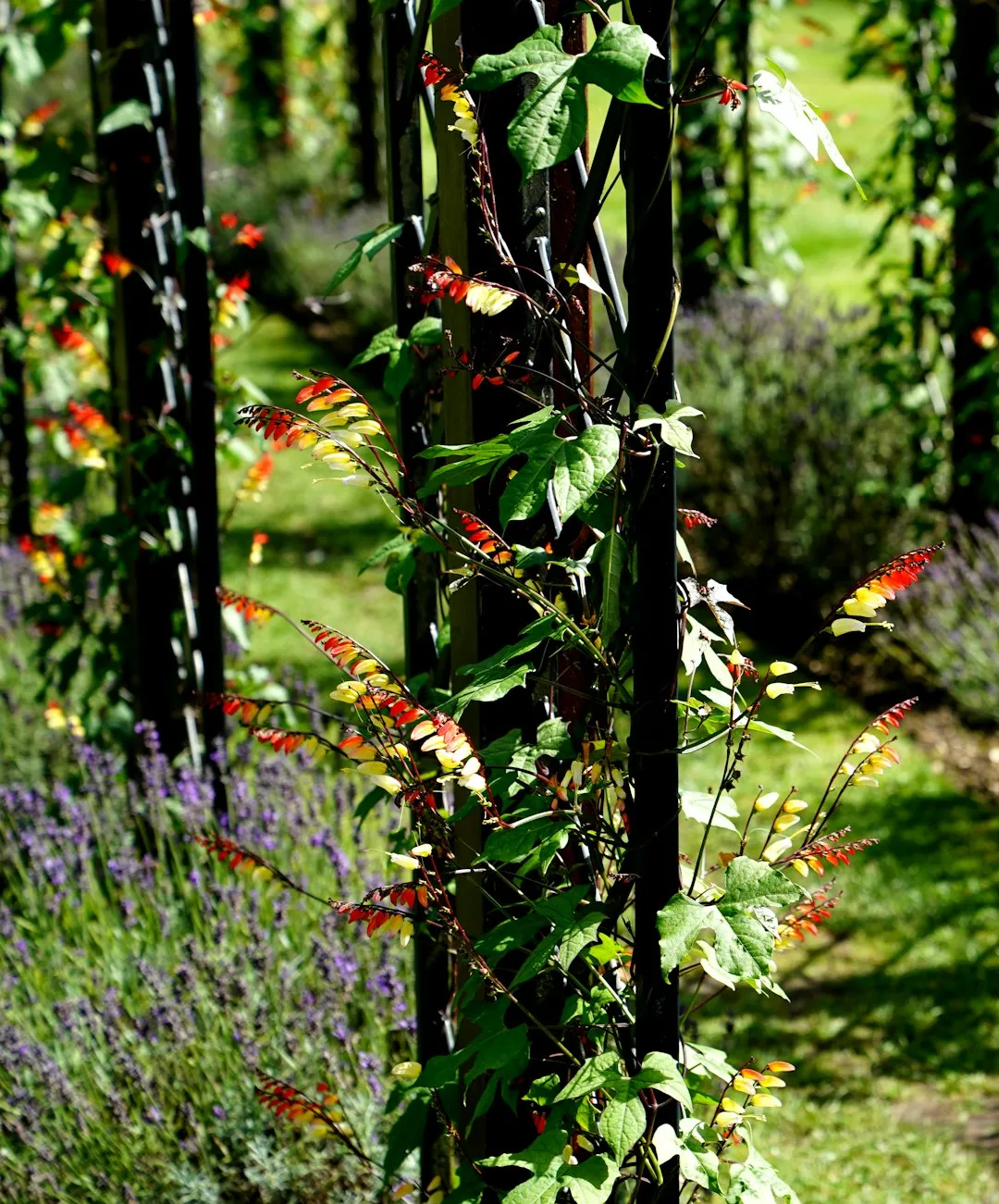
Sweet Rewards: Cultivating Berries in Containers
Sweet Rewards: Cultivating Berries in Containers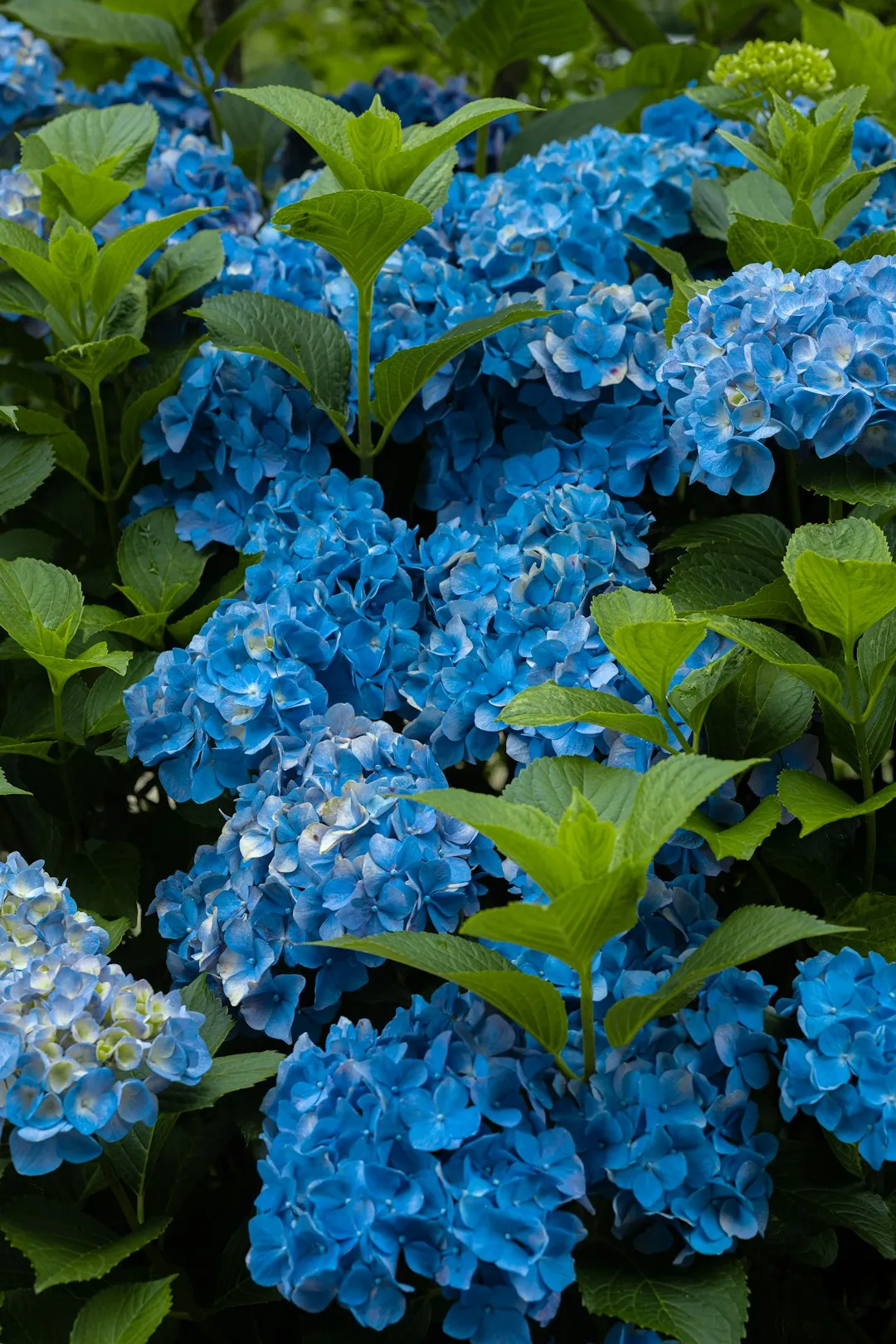
Unveiling the Secrets of a Stunning Lawn
Unveiling the Secrets of a Stunning Lawn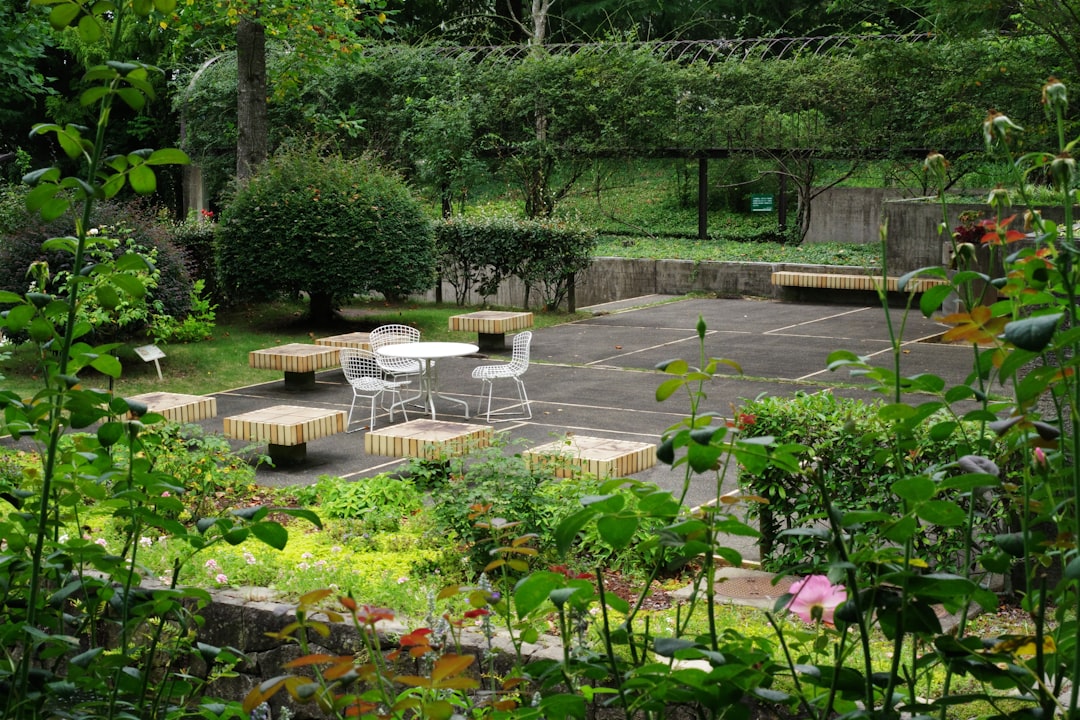
Fall Lawn Maintenance: The Key to a Healthy Yard in Winter
Fall Lawn Maintenance: The Key to a Healthy Yard in Winter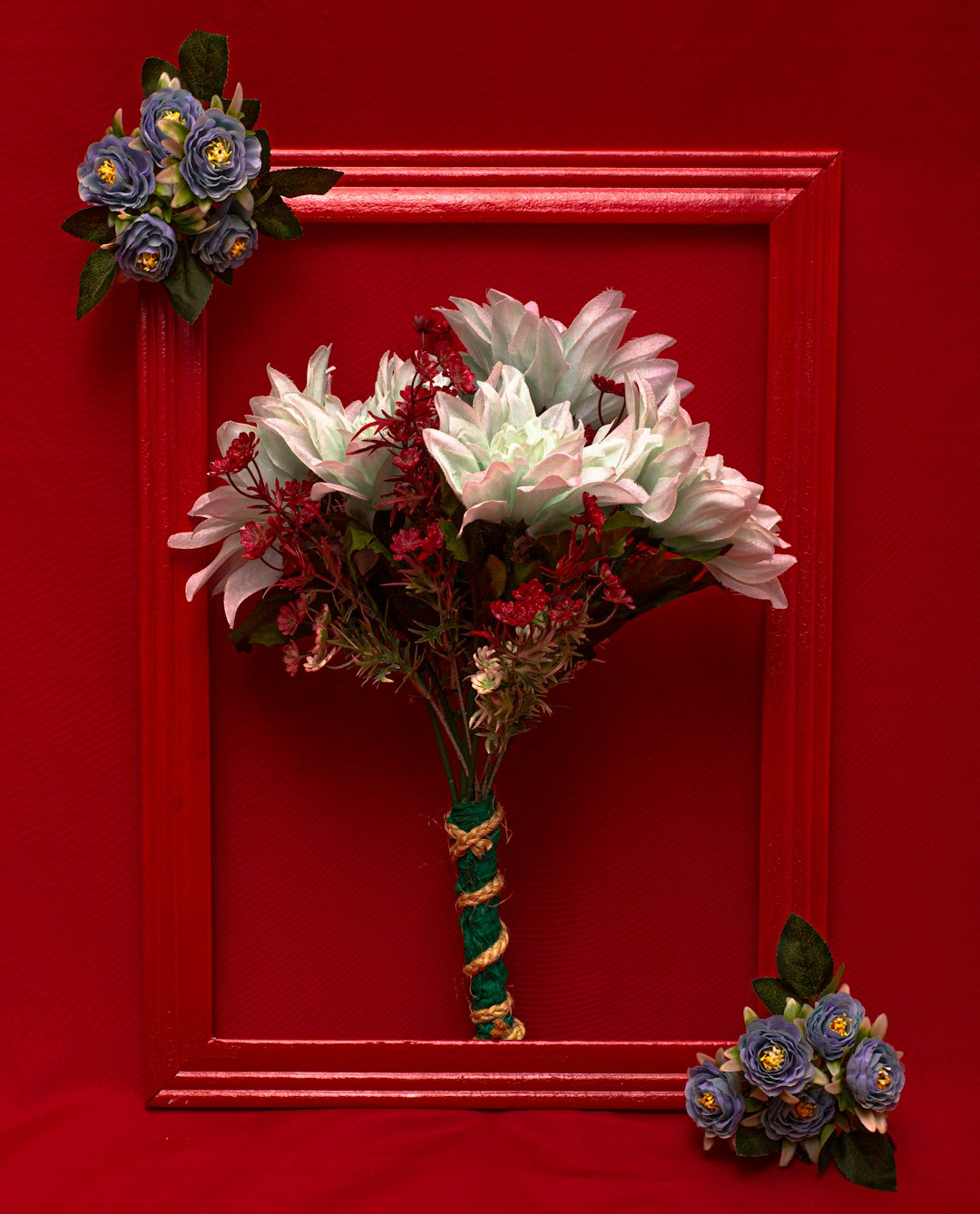
The Secret to Soil Amendment Without Uprooting Your Plants
The Secret to Soil Amendment Without Uprooting Your Plants
Unleash Your Garden's Potential: The Art of Seed Collection
Unleash Your Garden's Potential: The Art of Seed Collection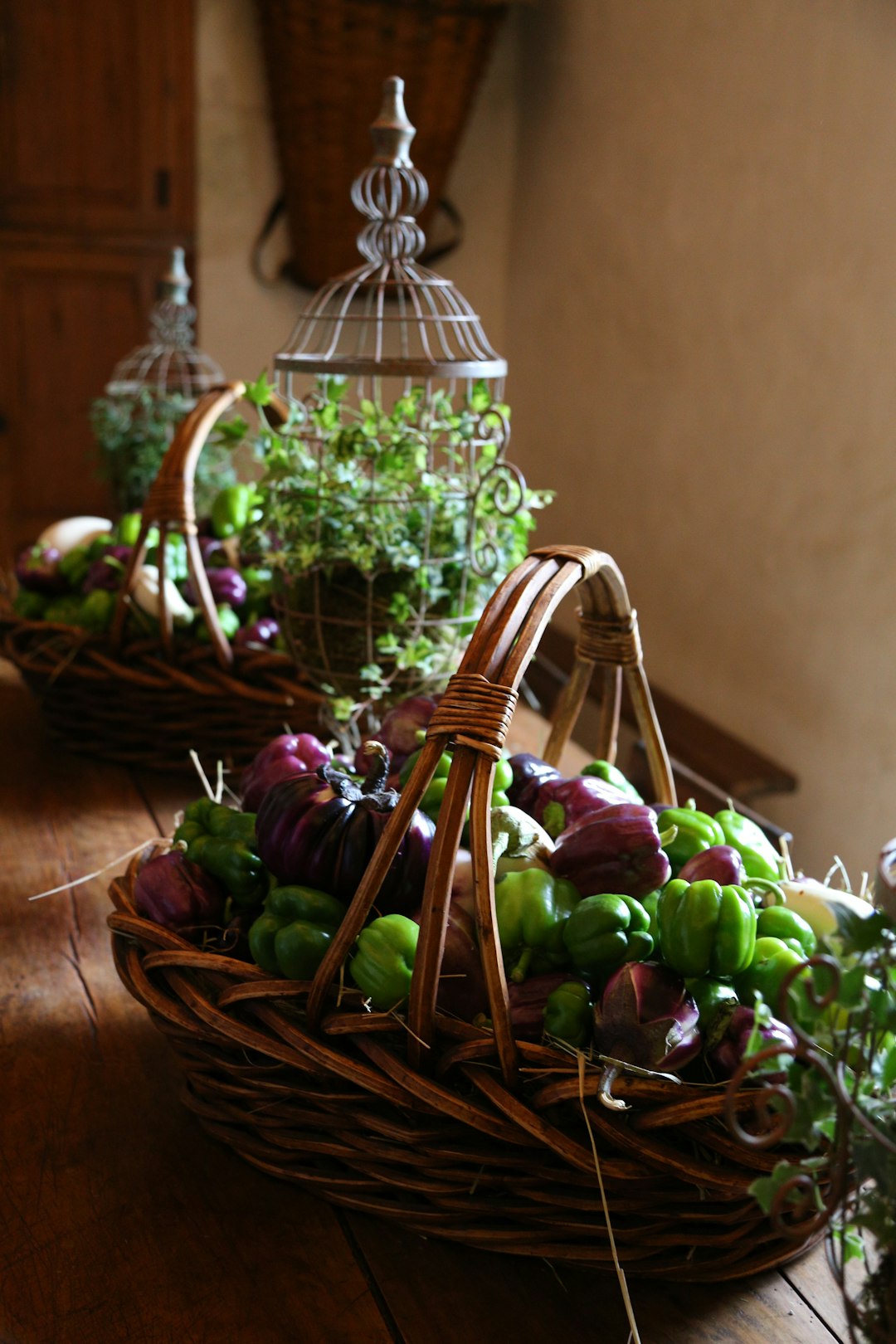
Pre - Summer Yard Care Essentials
Pre - Summer Yard Care Essentials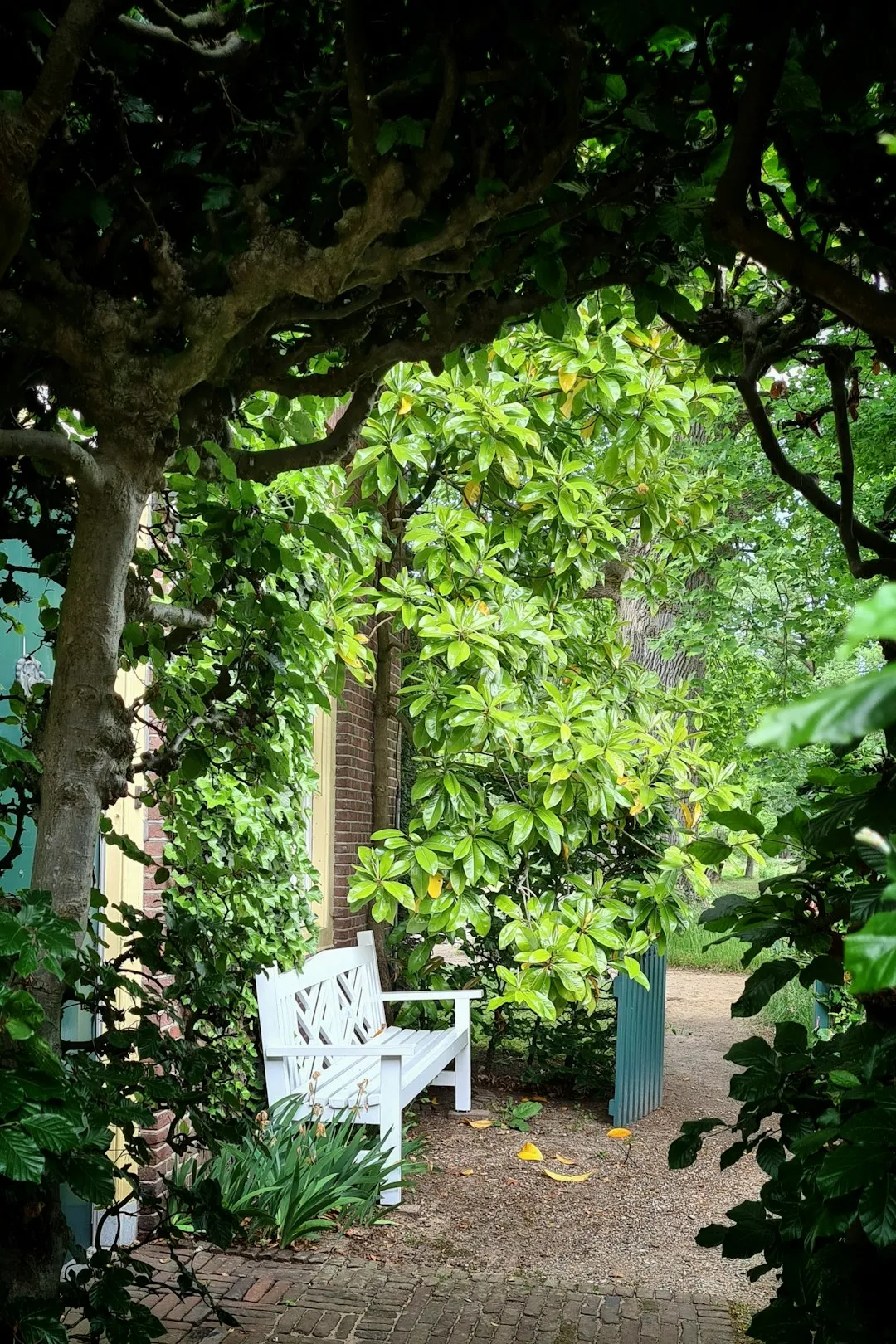
Weathering the Storm: Nurturing Your Garden in Extreme Conditions
Weathering the Storm: Nurturing Your Garden in Extreme Conditions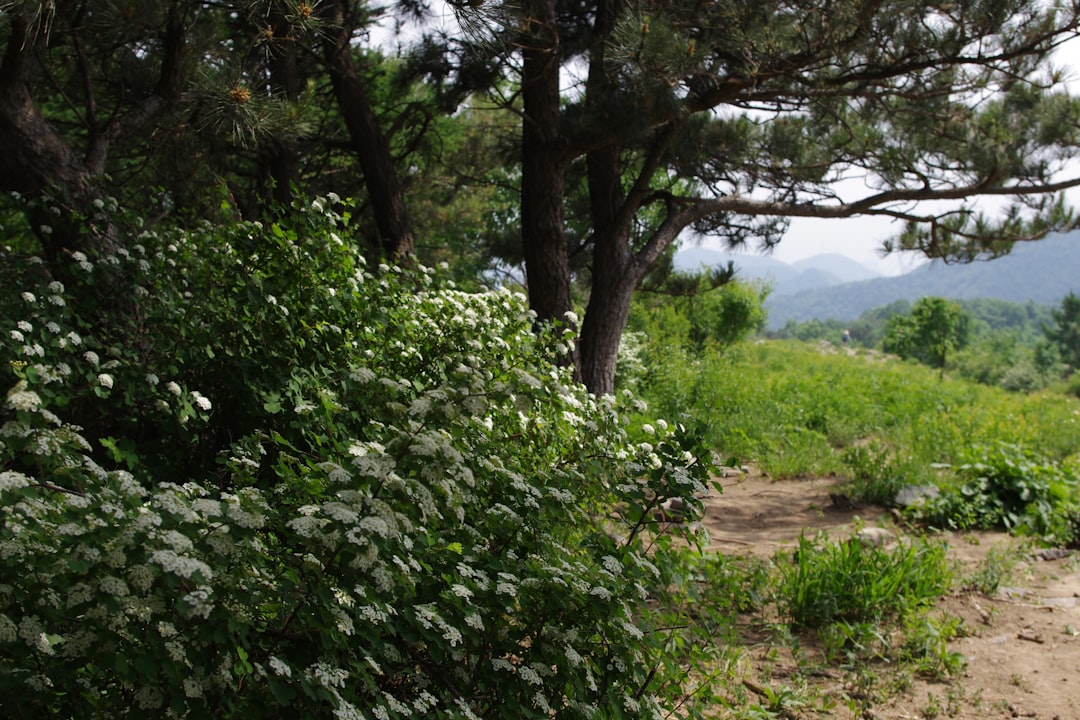
Summer Pruning: The 10 Flowering Plants to Leave Alone
Summer Pruning: The 10 Flowering Plants to Leave Alone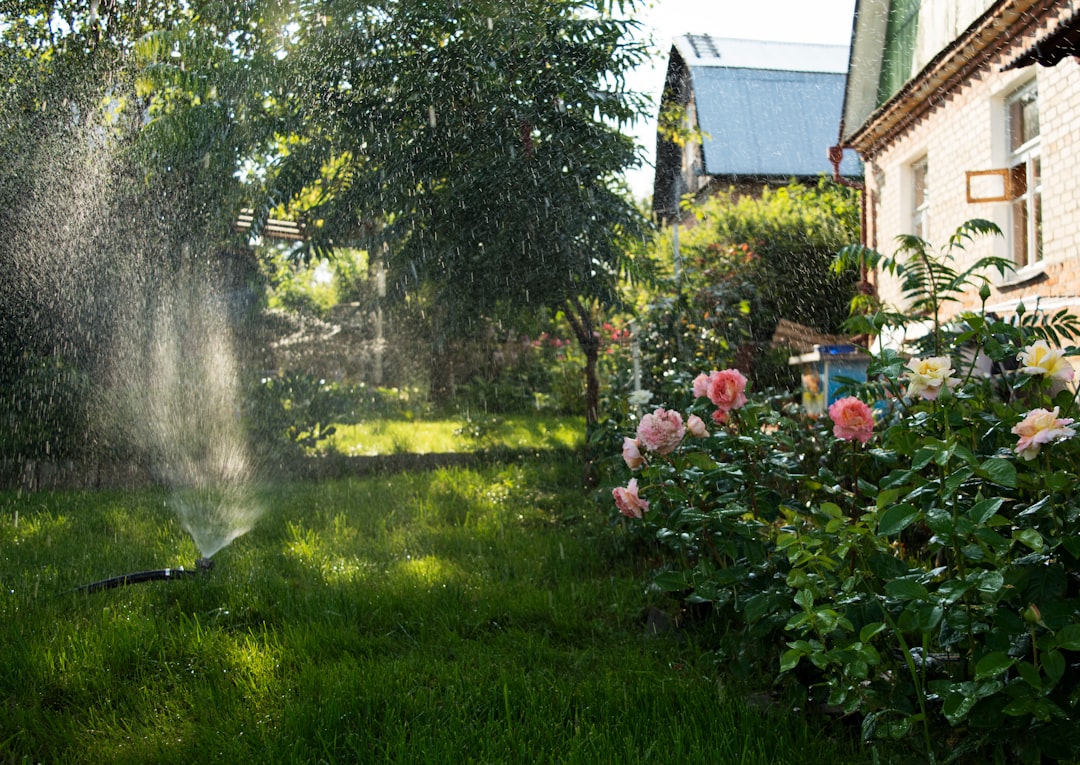
Unveiling the Hidden Gems of Perennial Gardening
Unveiling the Hidden Gems of Perennial Gardening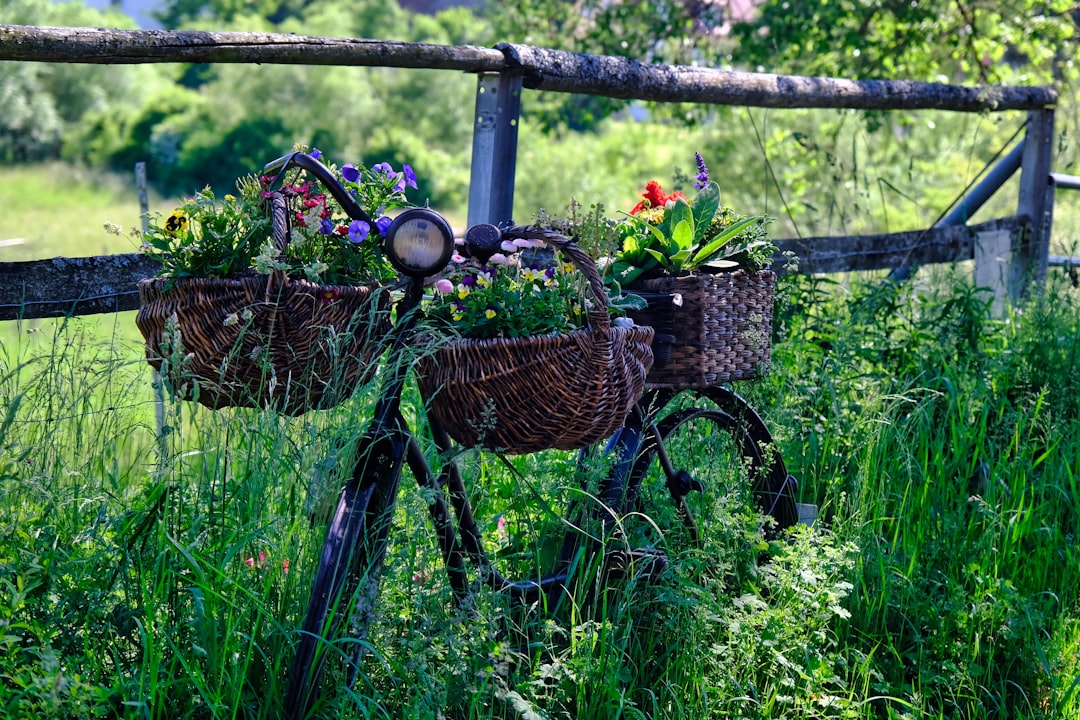
Unleashing the Beauty of Perennial Black - Eyed Susans in Your Garden
Unleashing the Beauty of Perennial Black - Eyed Susans in Your Garden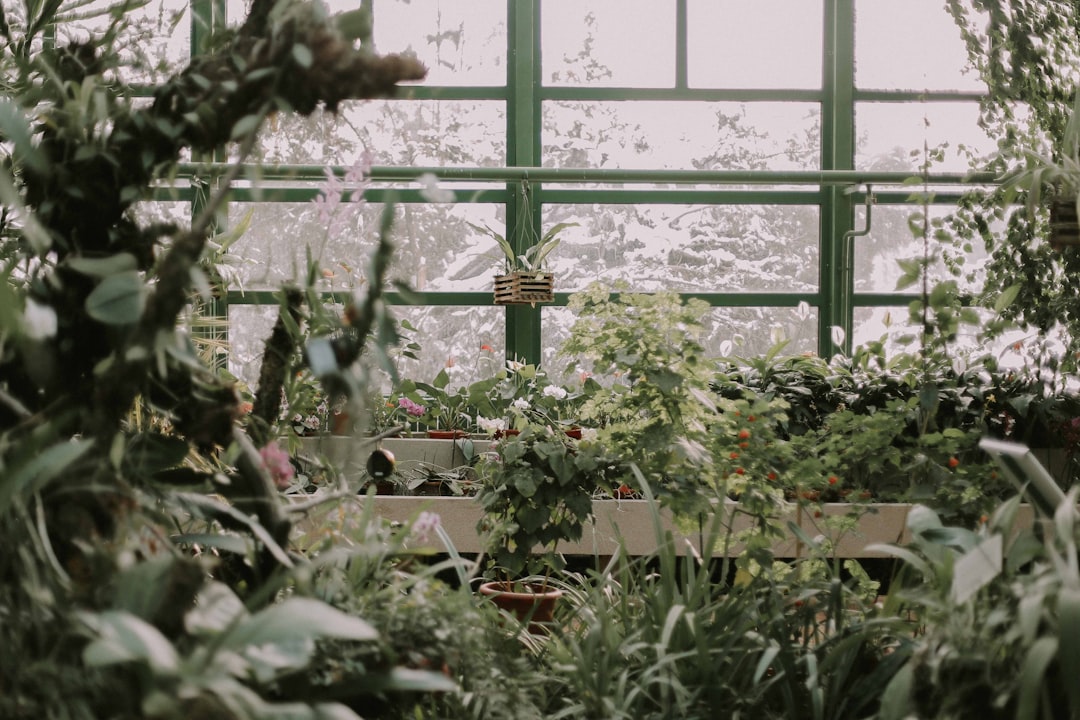
Unveiling the Secrets of Trillium Growth
Unveiling the Secrets of Trillium Growth
The All - Season Charm of Sedum Plants
The All - Season Charm of Sedum Plants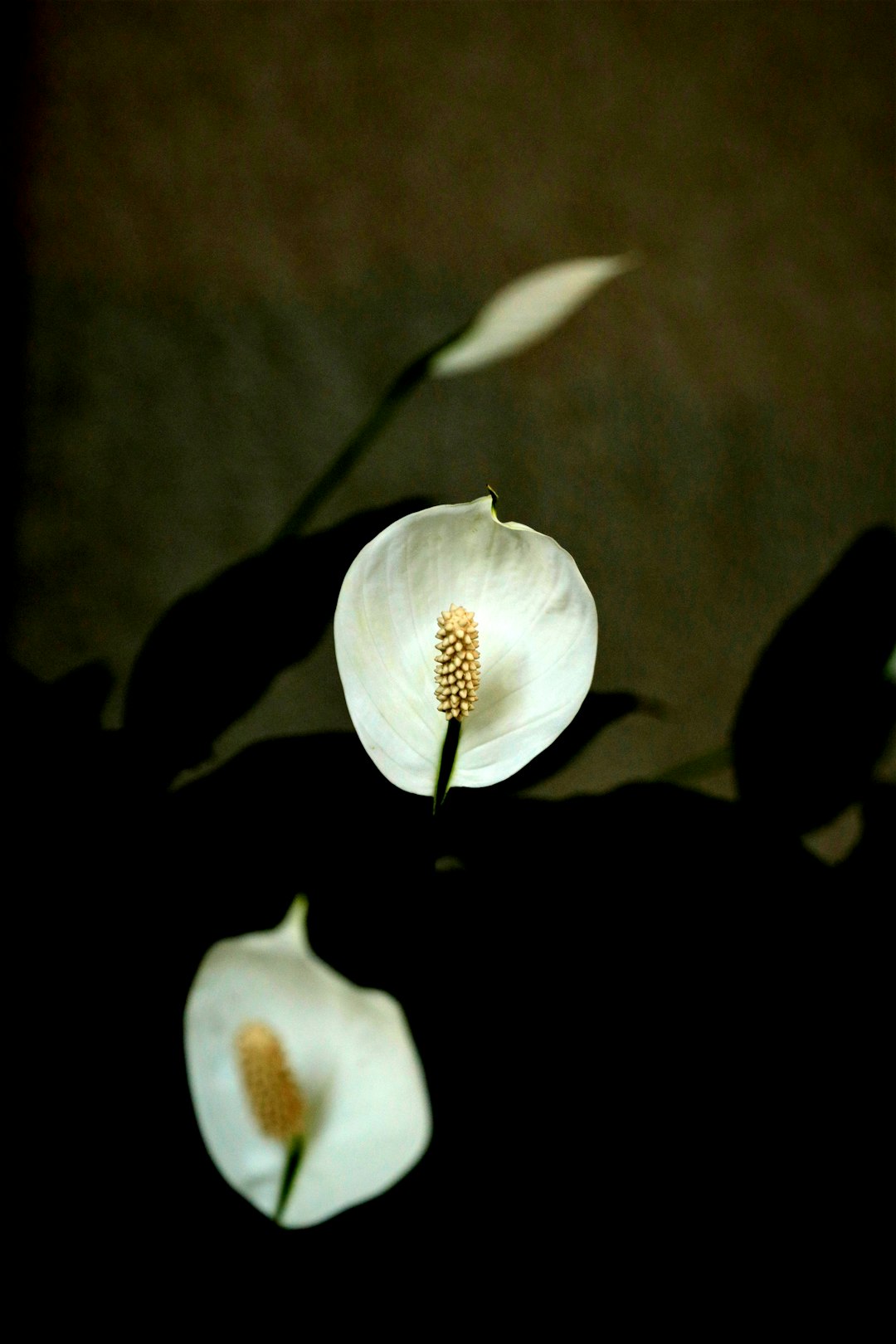
Banishing Snakes from Your Yard: Simple Solutions
Banishing Snakes from Your Yard: Simple Solutions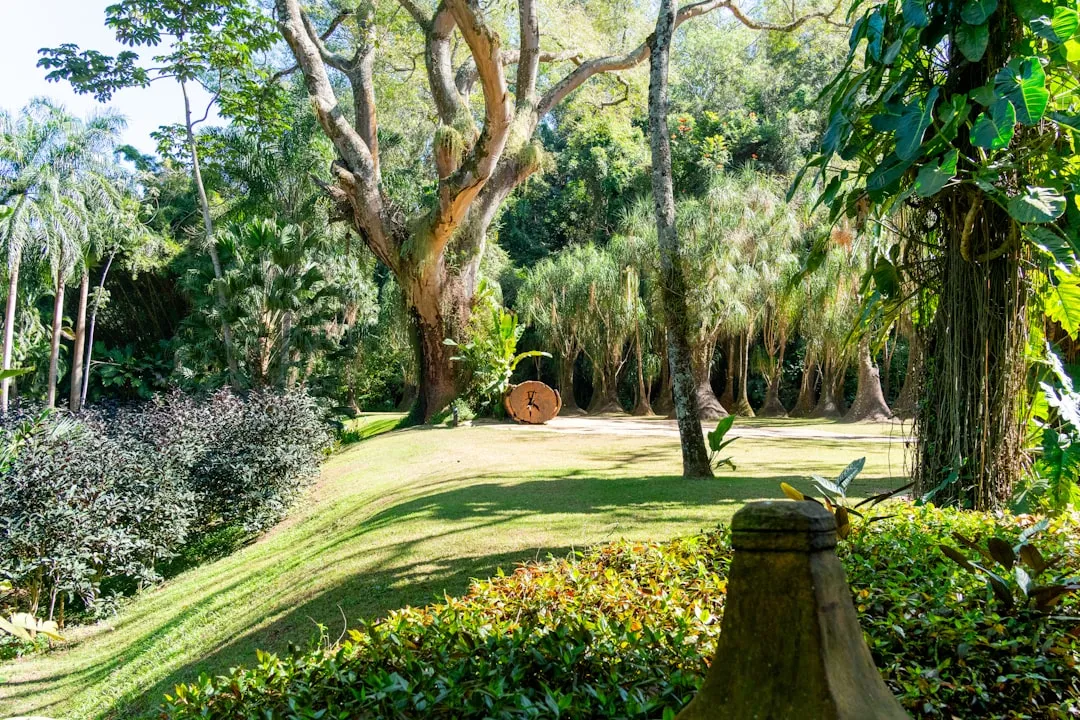
Secrets to a Bug - Free Garden: Conquering Squash Bugs Naturally
Secrets to a Bug - Free Garden: Conquering Squash Bugs Naturally
Transform Your Yard: Banish Crabgrass for Good
Transform Your Yard: Banish Crabgrass for Good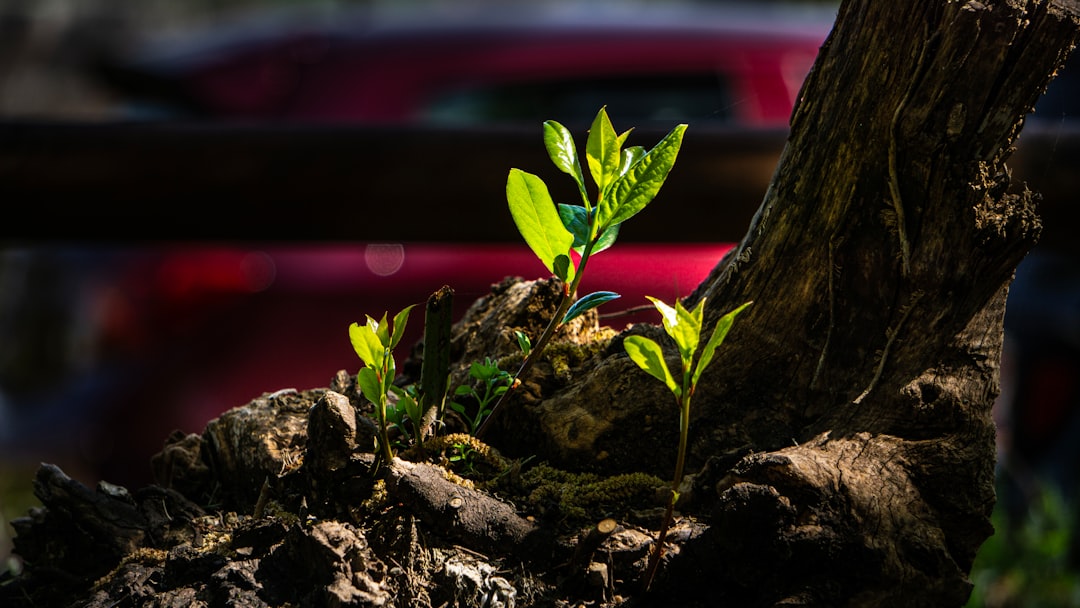
Unveiling the Wonders of a Low - Sun Garden
Unveiling the Wonders of a Low - Sun Garden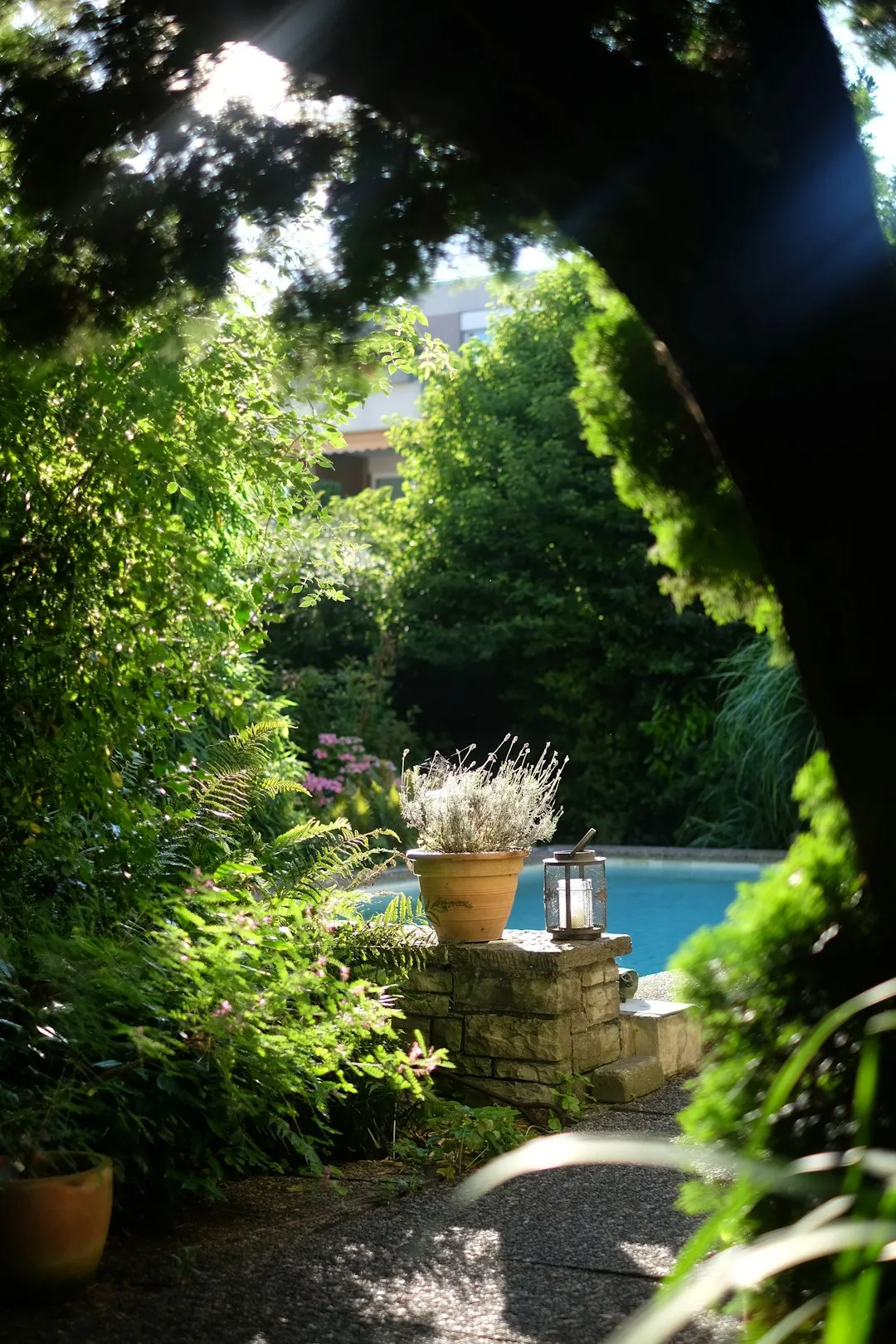
Unleash Your Garden's Potential: The Magic of Lasagna Gardening
Unleash Your Garden's Potential: The Magic of Lasagna Gardening
Unveiling the Mysteries of Lunar Gardening
Unveiling the Mysteries of Lunar Gardening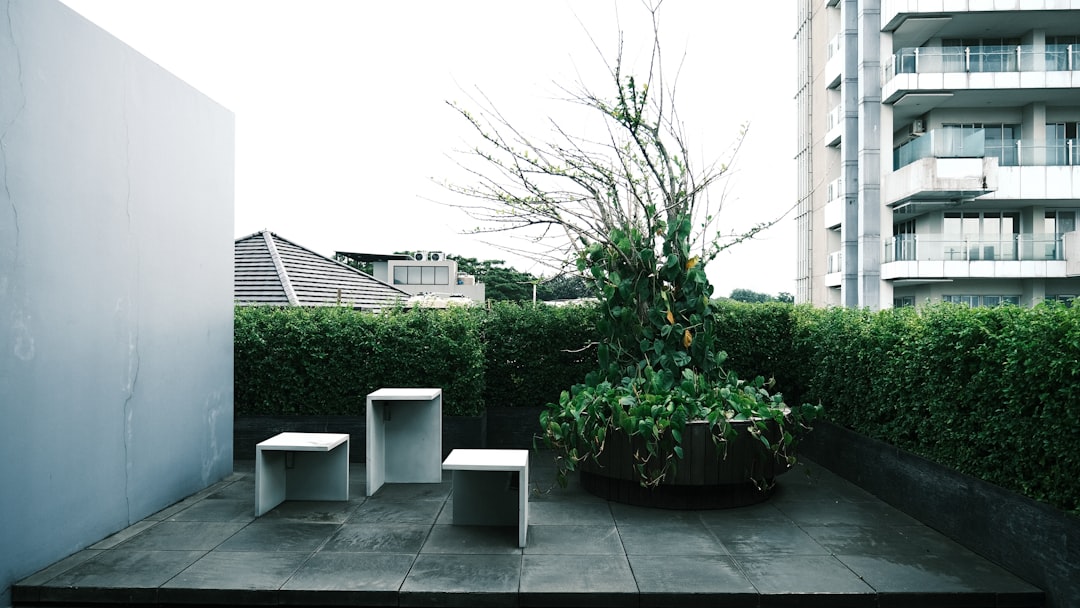
Unleash Your Inner Herbalist: A Guide to Indoor Herb Gardening
Unleash Your Inner Herbalist: A Guide to Indoor Herb Gardening